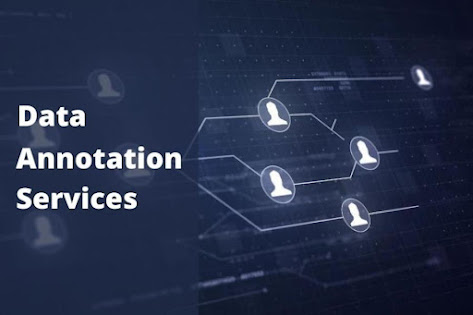Video Annotation Services: Illuminating the Visual Spectrum of AI
In the rapidly advancing field of artificial intelligence (AI) and machine learning, data remains king. While static images have long been the standard for many training datasets, the evolving AI landscape now demands a more dynamic approach. Video annotation services step in here, offering a potent tool for training AI models to understand and process moving images. Let's delve into the realm of video annotation.
Types of Video Annotation Services
Bounding Boxes: This involves drawing boxes around specific objects in each video frame, helping AI recognize and track objects as they move.
Polygon Annotation: Rather than simple boxes, objects are annotated using detailed polygons that trace their exact contours.
Semantic Segmentation: Here, each pixel in a video frame is labeled based on the category it belongs to, providing a deeper understanding of scenes and objects.
Skeletal Annotation: Used primarily for human movement, this technique marks the skeletal structure to analyze actions, postures, and interactions.
Temporal Annotation: It emphasizes the timeline, annotating specific actions or events within a time range.
Applications of Video Annotation
Autonomous Vehicles: For self-driving cars, understanding the dynamic environment is essential. Video annotation helps in tracking vehicles, pedestrians, and understanding traffic behavior.
Sports Analysis: Automated tools can provide real-time insights by tracking players, ball movement, and game strategies.
Healthcare: Video annotation aids in analyzing medical imaging videos, monitoring patient movements, or guiding surgeries.
Entertainment & Media: It can be used for visual effects, content moderation, and audience analysis.
Surveillance: Enhanced security systems can track potential threats, anomalies, or intruders.
Choosing a Video Annotation Service
When considering a video annotation service, one should account for:
Quality & Accuracy: The service must offer high precision, as inaccuracies can degrade AI model performance.
Scalability: The service should handle both small and large datasets.
Data Security: Especially crucial if videos contain sensitive information.
Turnaround Time: Speed of delivery is often a crucial factor.
Cost: Balancing quality with cost is essential.
Challenges in Video Annotation
Volume: Videos generate vast amounts of data. An hour-long video at 30 frames per second means annotating over 100,000 individual frames!
Complexity: Multiple objects, changing backgrounds, and varying light conditions add layers of complexity.
Consistency: Maintaining uniformity in annotations across thousands of frames is challenging.
The Way Forward
As AI continues to integrate more deeply into sectors that rely on video data, the demand for video annotation services will soar. The future may see increased automation, where AI assists human annotators, ensuring faster and more accurate annotations.
Conclusion
Visual data is at the forefront of technological advancements, and video annotation services are the driving force behind these breakthroughs. Globose Technology Solutions Pvt Ltd (GTS) recognizes the transformative power of accurately annotated visual data and is committed to providing exceptional video annotation services. By ensuring high-quality annotations, GTS contributes to the growth and success of industries that heavily rely on visual data. As technology continues to evolve, video annotation services stand as an essential pillar, enabling machines to understand and interpret the visual world around us.




Comments
Post a Comment